|
Dear Friends, I look forward to meeting many of you on the final run of the legacy fleet tomorrow afternoon. This will be the end of a long and illustrious history for the cars that made the BART system it is today – and forever changed the face of public transit. The BART legacy cars, in short, represented a turning point in public transportation. Aging transit systems struggled to match the demands of the modern age – the suburban expansion of the Bay Area resulted clogged streets and gridlocks of freeways. To solve the traffic problem BART began with a clean slate approach and the idea that modern, space age technology would usher in a system so well-tailored to the commuter, the commuter would actively choose to ride. Key to its success would be innovation and comfort. Innovation resulted in technologically advanced lightweight cars made of extruded aluminum forming a semi-monocoque carbody propelled by a high-performance chopper-controlled propulsion system, moving trains throughout the system under Automatic Train Control. Comfort resulted in rapid transit cars with full length wool carpeting, 72 cantilevered seats, wide aisles, giant picture windows, air conditioning and heating, resulting in nothing less than a first-class commute. Together, the BART car was the greatest leap of progress in the world of electric transit since the PCC streetcar, a project which started in the 1930s. Even Designer Carl Sundberg himself said at the unveiling of the mockup BART car in 1965: We gave the nose a sophisticated, sculptured look, yet we kept it simple; we used no gimmicks or clichés strictly for the sake of appearance. We wanted a modern vehicle, yet we stuck to the contention that a rapid transit train should look like a rapid transit train, and nothing else. We wanted the car to appeal to all ages and walks of life, so we gave it a fleet look to reach the younger generation, yet a solid, practical, even dignified look to appeal to adults…. It was our purpose to make the interior of the car, as well as the exterior, competitive in design and comfort features with the most expensive automobile. This, I feel, we have done. Rohr Corporation, an aerospace manufacturer based in southern California, that had never built a train car before, won the contracts to build 450 A and B cars. These cars were all built between 1970 and 1975 and the entered revenue service on Day One, September 11, 1972, between MacArthur and Fremont stations, the very route we are doing again tomorrow. Challenges with the original A and B cars, alongside a growing system, led to the Alstom built C1 and Morrison-Knudsen built C2 cars, a combined fleet once totaling 669 cars. The A cars and B cars were also rebuilt in the late 90s to early 2000s, giving them a 20-year extension of life, exceeding their designer’s expectations. But, we have reached the end of the legacy fleet, the end of a long and dutiful service life. Each one of these cars on the final run moved 6 million miles and carried over 4 million people, and signaled the start of a new generation of public transit throughout the US, and to an extent, throughout the world. Most of 669 cars have already been decommissioned and scrapped, but 3 of these cars will enjoy a final retirement at the Western Railway Museum starting in June 2024. And I am happy to say we are planning to go full circle - a portion of one of these cars will be lovingly restored to what it looked like in the 1970s, carpet and all. For this final run, I am happy to say cars 1834 and 1501 will be in service, on two different trains tomorrow. Car 1834 is the Nixon Car, the car that carried the President from San Leandro to Lake Merritt back in September 1972. Perhaps it’s BART’s own “BART One”. Car 1501 is the oldest car on BART. It was originally a prototype car, built in 1970 (2 years before service began) and was rebuilt to production car specs at the end of the tests. It is highly likely it will be scrapped in the coming months – BUT – the Western Railway Museum plans to preserve parts from it. It deserves a space for preservation alongside the parts of 1826 (Fremont Flyer). I am honored to be speaking on behalf of the Western Railway Museum tomorrow. We have been graciously provided a couple minutes to explain what the Museum will do (preserve these cars) and opportunities the public has to support the WRM. One such opportunity will be the largest token of appreciation – something 100% authentic from the cars. I will leave it for a surprise for tomorrow. Please do not go away after 4/20 – I have many, many years worth of content to upload. With the Western Railway Museum getting the cars in June, you will have even more to look forward to – as much as I have supported the Museum’s efforts in preserving the cars (including selecting the only A car to be preserved as-is, the former test car #1164), the museum will soon have to build an environment to reflect the cars. WRM does not plan to simply park them, but they will have displays. All of this is contingent on funding, if you are willing and able, please consider a donation to the Museum here: wrm.org/bart I will leave you with the speeches provided during the unveiling of the BART Car mockup back in 1965: From Bill Stokes, BART General Manager: This car will make commuting by Bay Area residents a genuine pleasure, instead of the mental torture it now is during peak traffic hours. I predict that the BARTD car, along with the other space-age concepts being designed into the bay area system, will completely revolutionize the transit industry in this country. Certainly, the car we have unveiled here today is destined to establish an exciting new trend in rapid transit conveyances. This is not just a warmed-over version of an existing commuter train. It's entirely new - the first in over a quarter of a century. There's nothing to compare it with for comfort and luxury, except possibly a jet airliner or the most expensive automobile. This design car epitomizes more than anything else our goal of providing the most comfortable, fastest, safest and most economical means of interurban transportation the world has ever known. Our entire purpose in life, our only reason for existence, is to produce a system so inviting that Bay Area travelers will choose to ride the luxurious 80 mile-an-hour trains instead of adding to the traffic congestion that has had such an undesirable effect on our urban way of life. From Carl Sundberg, of Sundberg-Ferar, the firm that designed the car:
The car is probably the largest “hardware” object ever to be the subject of an industrial designer’s efforts. Situated as we are in the heart of the automobile industry, our people are vitally aware of the importance of good vehicle design. We tried to employ the talent and knowledge we have gained here to produce for the Bay Area people a design that transcends anything yet conceived in the field. For us, it was labor of love. We began the design process with the most essential ingredient, the human being, tailoring all elements to his or her needs. We knew, also, that the people of the Bay Area traditionally accept newness, that they do, in fact, hunger for innovation. We gave the nose a sophisticated, sculptured look, yet we kept it simple; we used no gimmicks or clichés strictly for the sake of appearance. We wanted a modern vehicle, yet we stuck to the contention that a rapid transit train should look like a rapid transit train, and nothing else. We wanted the car to appeal to all ages and walks of life, so we gave it a fleet look to reach the younger generation, yet a solid, practical, even dignified look to appeal to adults. It was our purpose to make the interior of the car, as well as the exterior, competitive in design and comfort features with the most expensive automobile. This, I feel, we have done. And they indeed did, for over 50 years. -Andy Payne
1 Comment
Nathan
4/20/2024 09:29:26 am
Wait wut there 2 trains for the 4/20 final run??
Reply
Leave a Reply. |
About
"The Two Bagger" is meant to be a place to store more "blog" style posts on various cars, pictures, and random tidbits/trivia. At BART, a "two bagger" is a rather informal name for a two car train. Two car trains rolled in revenue service back in 1972. Archives
July 2024
Categories
All
|

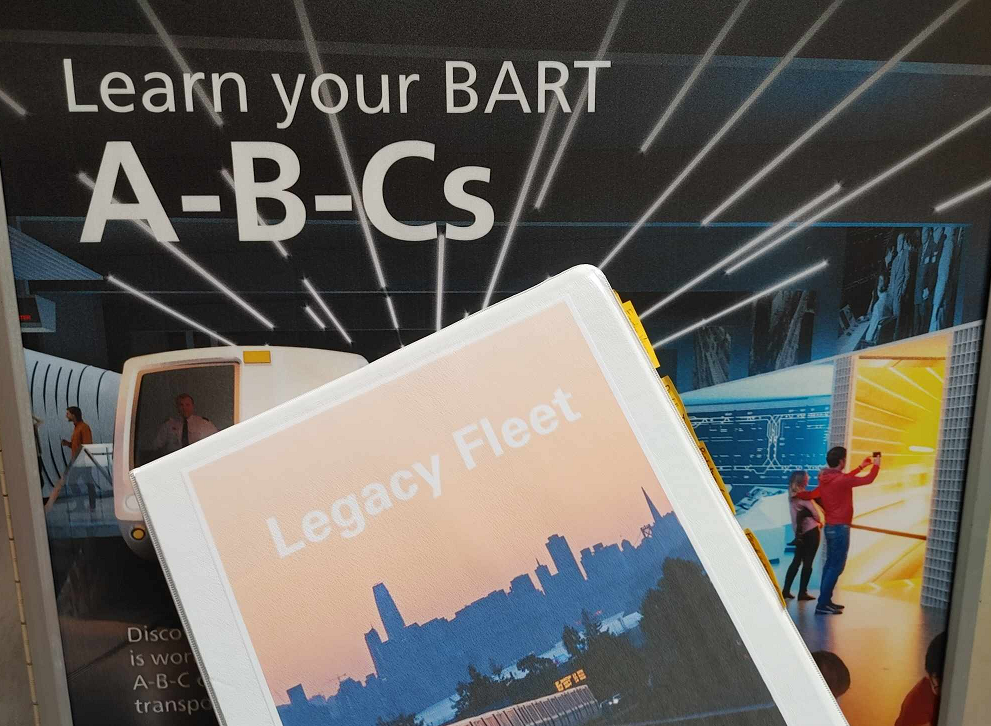
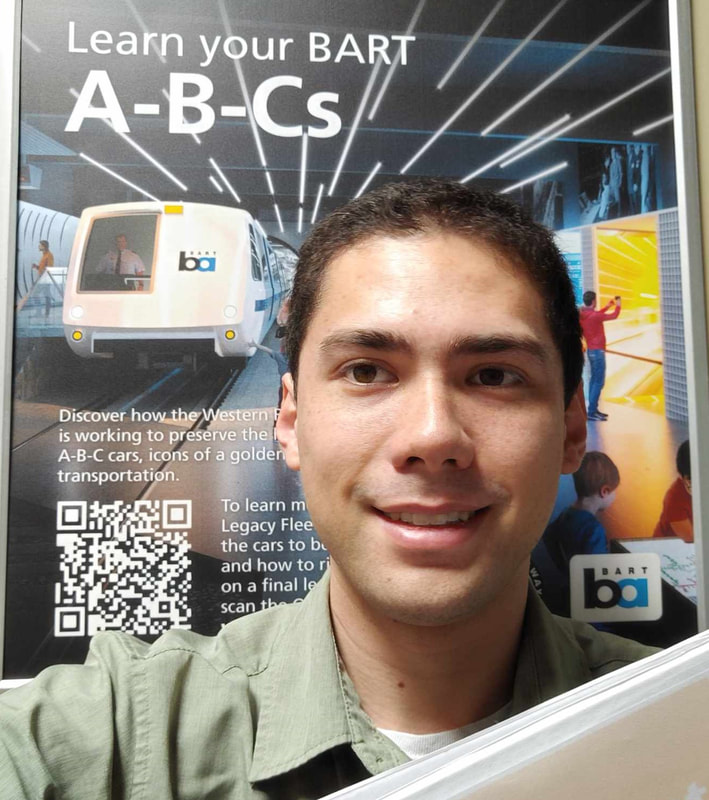
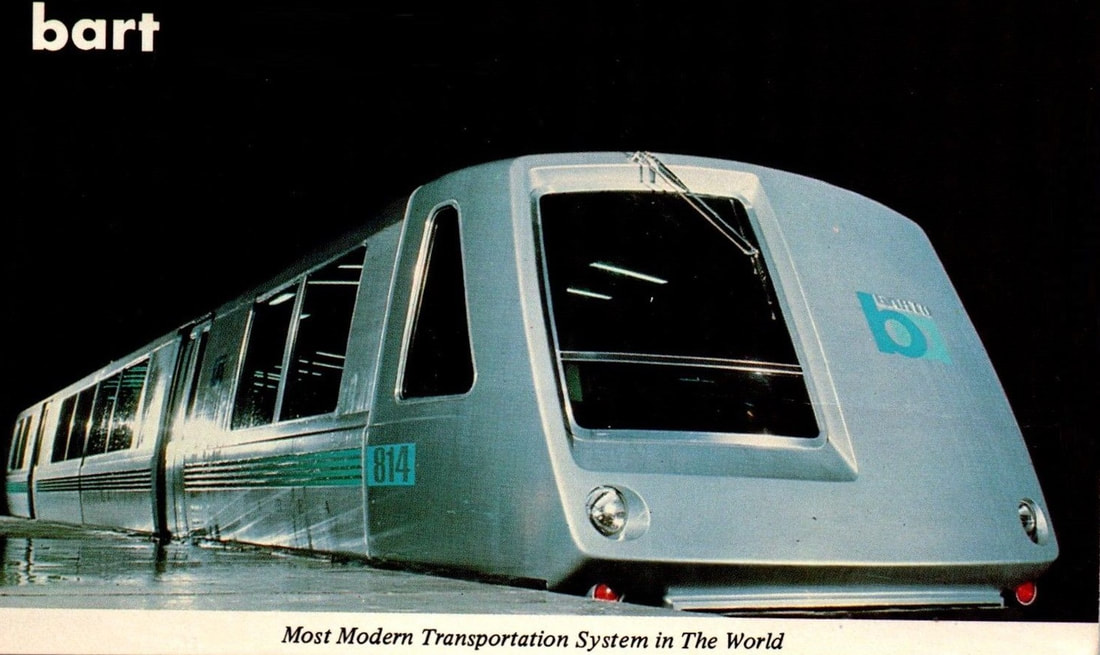

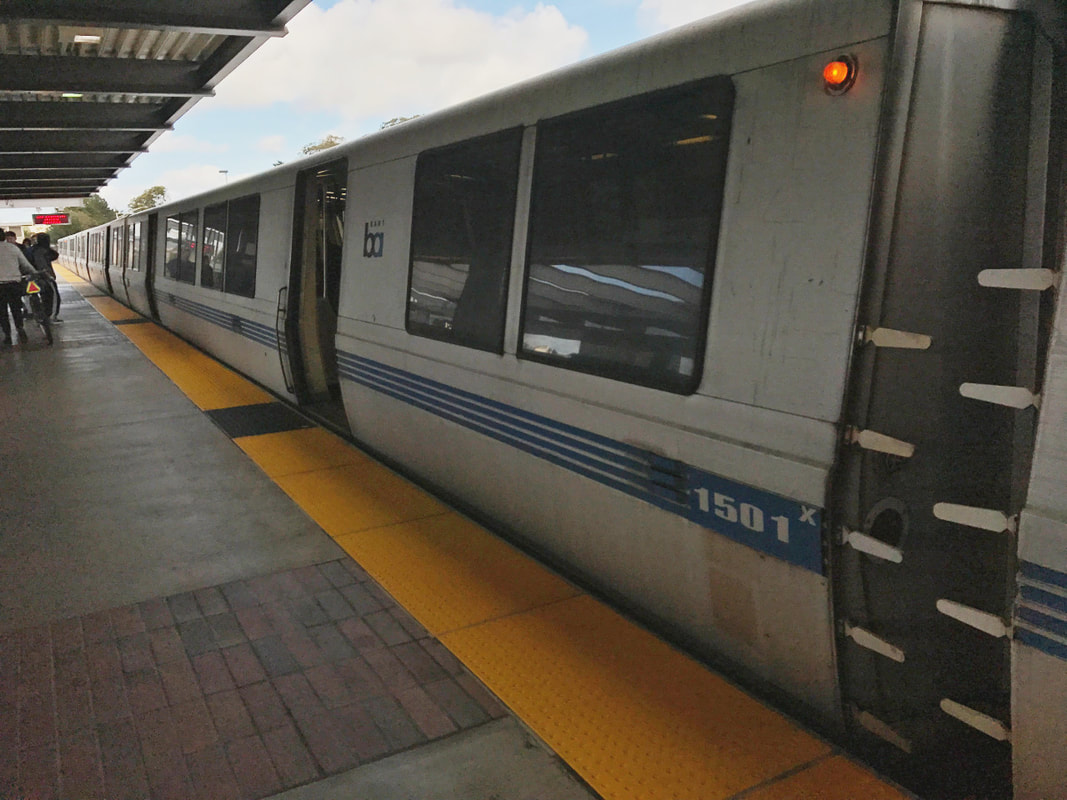
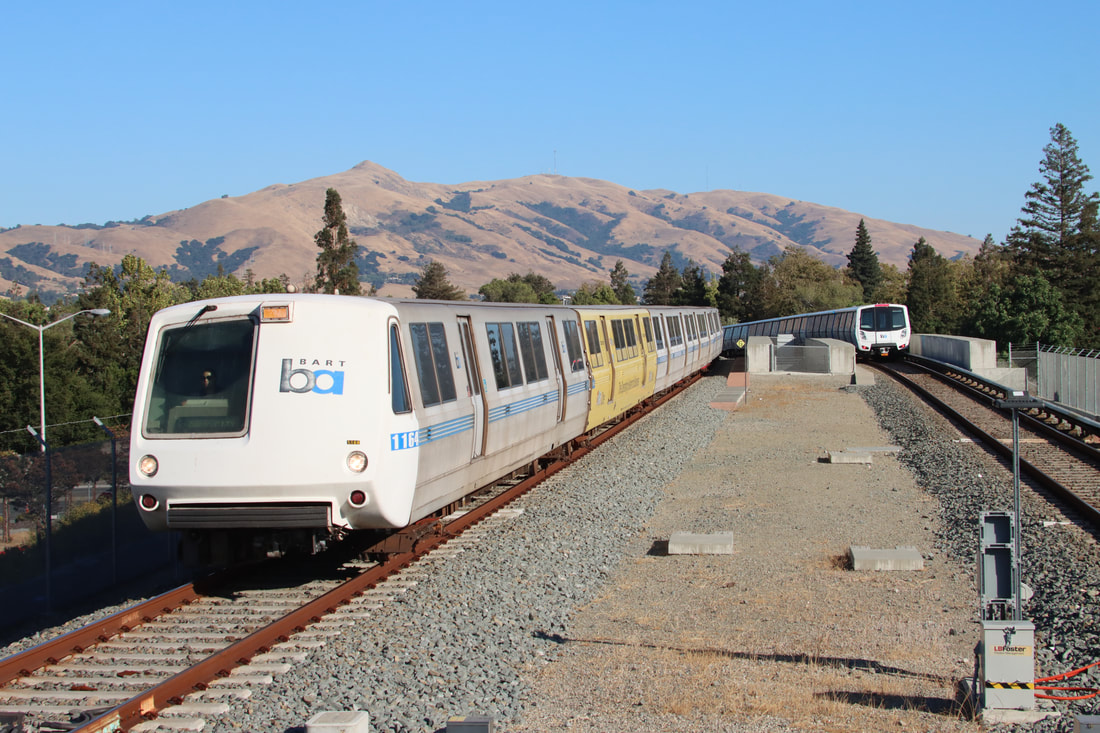

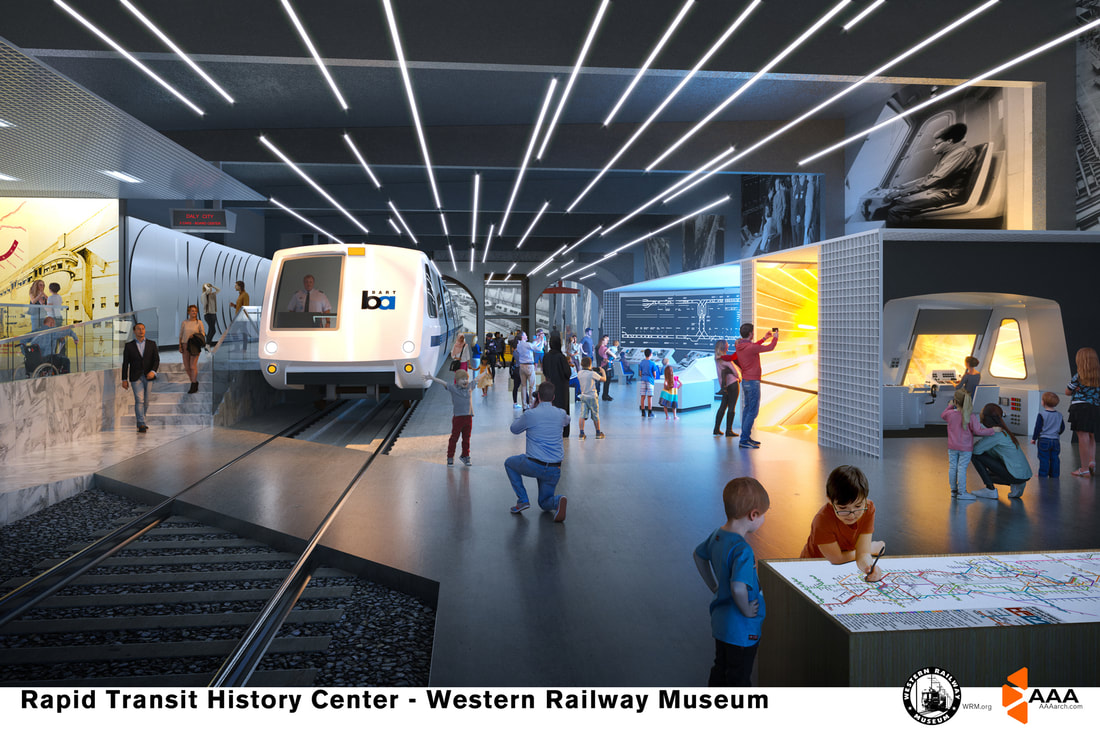
 RSS Feed
RSS Feed
